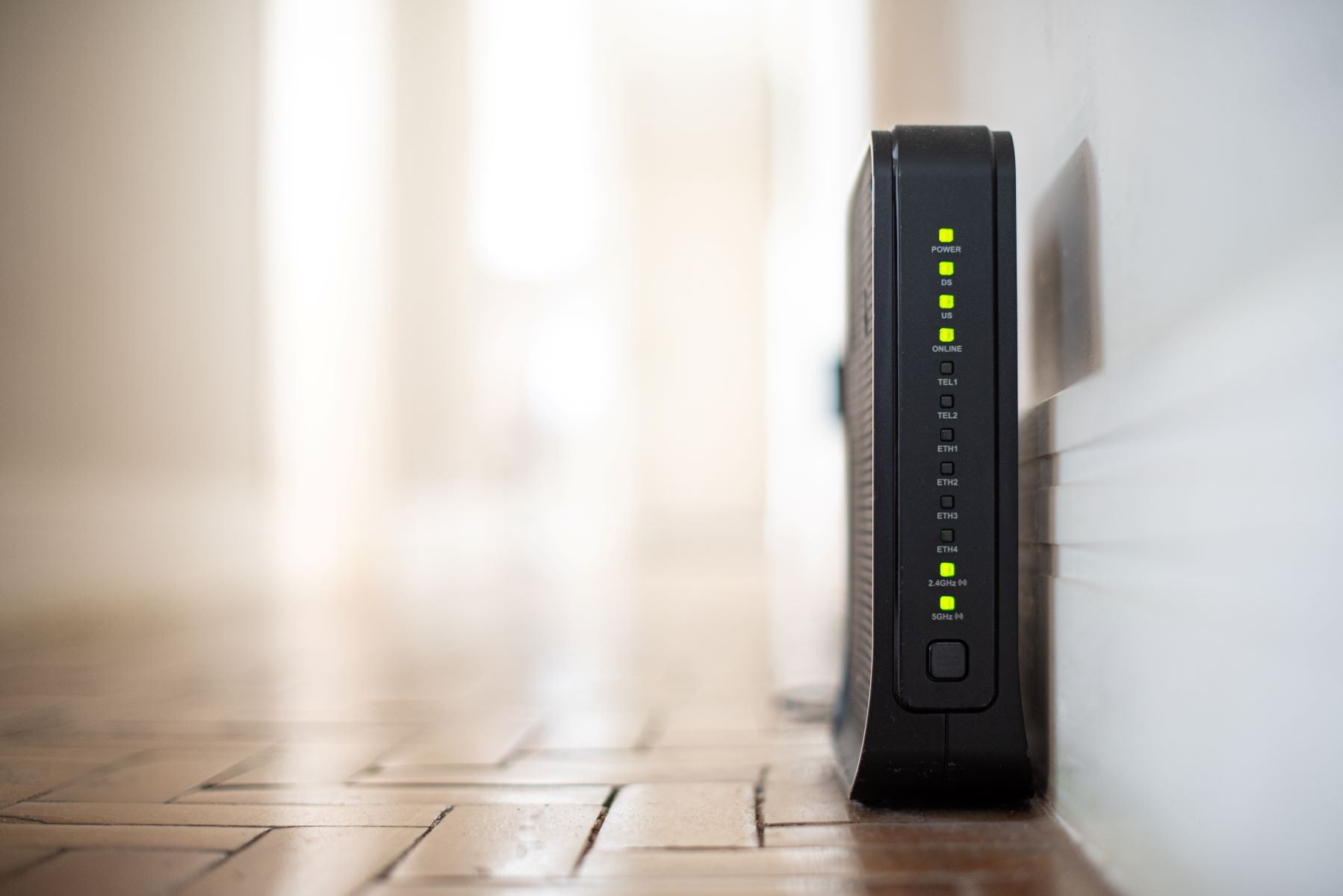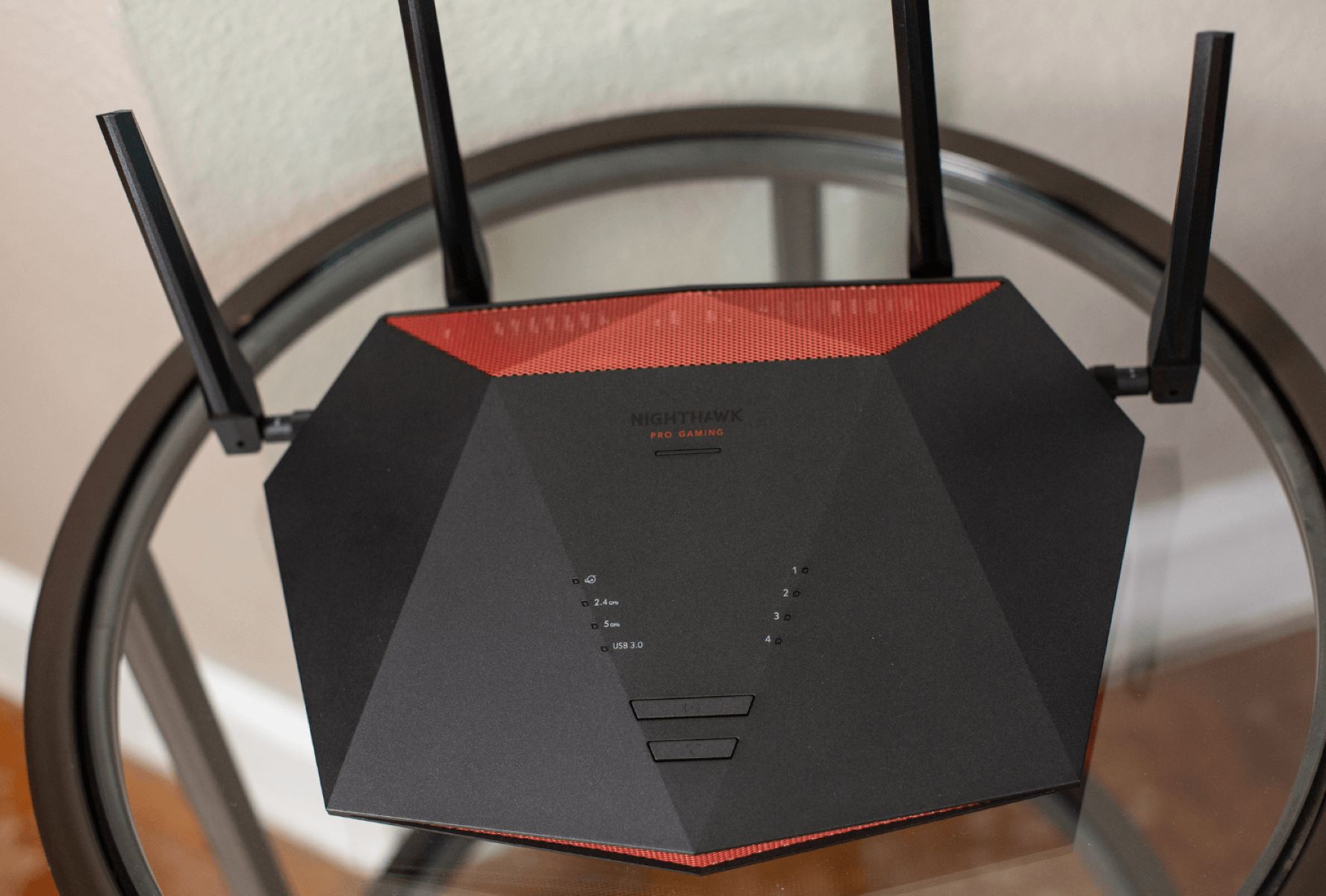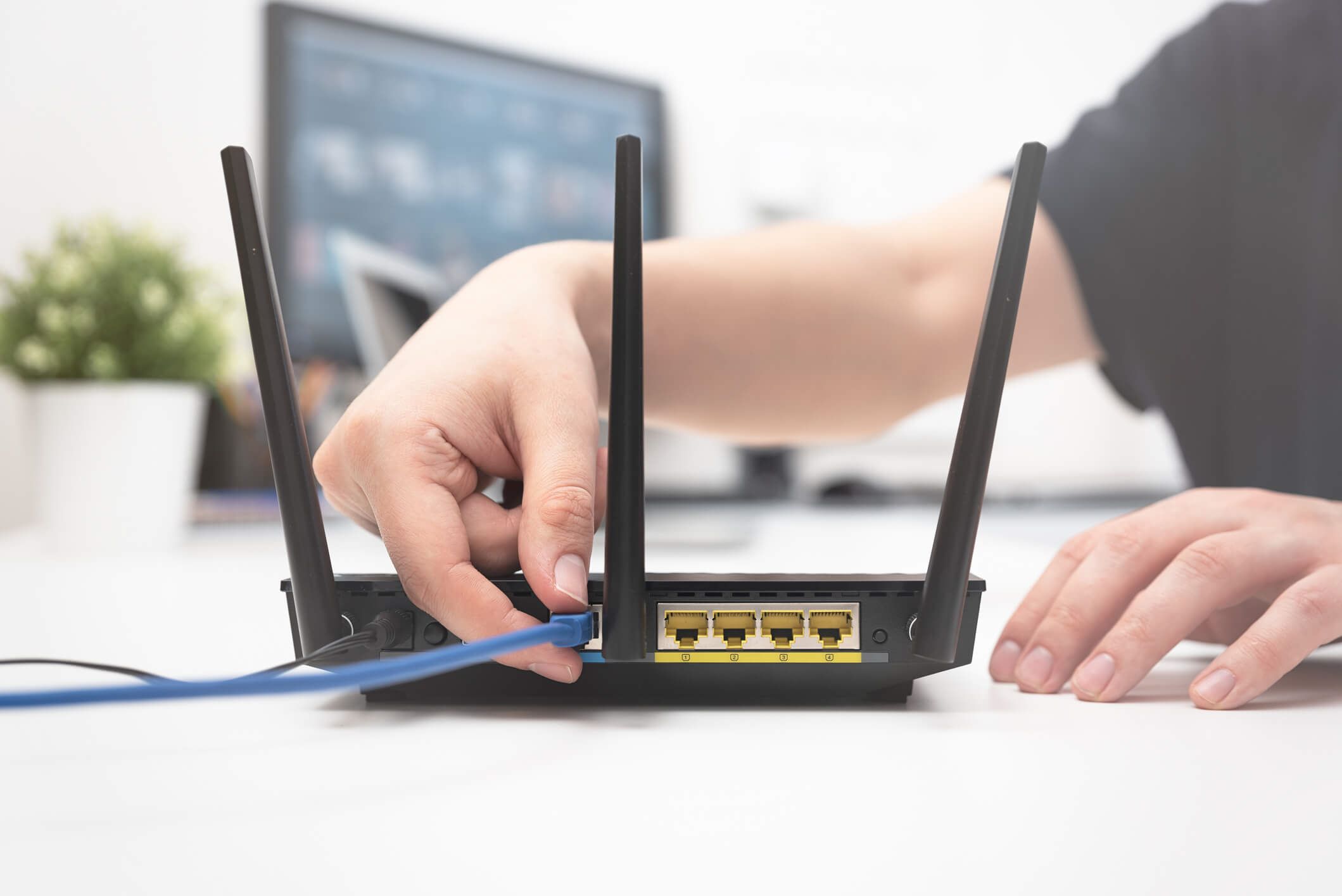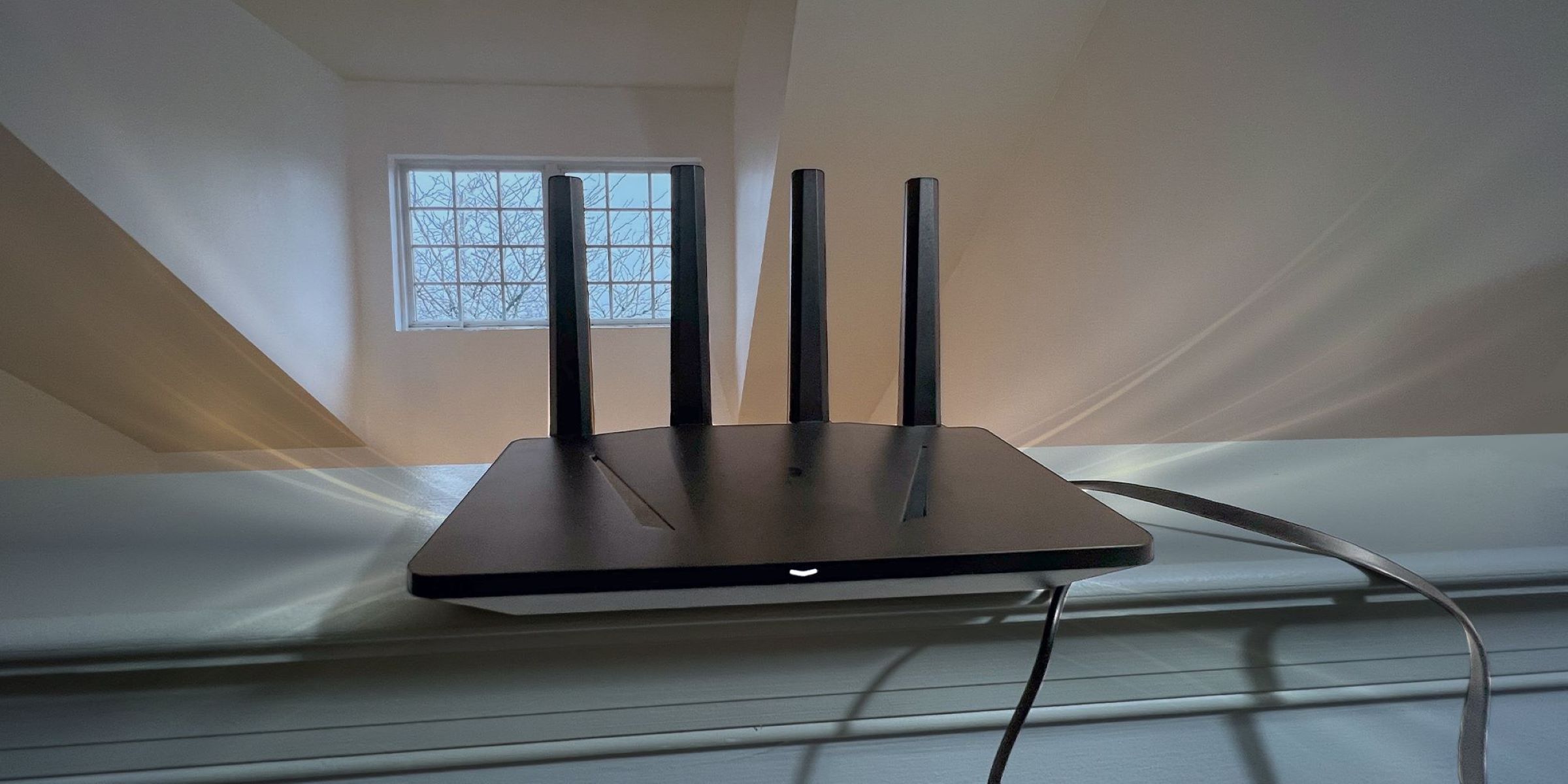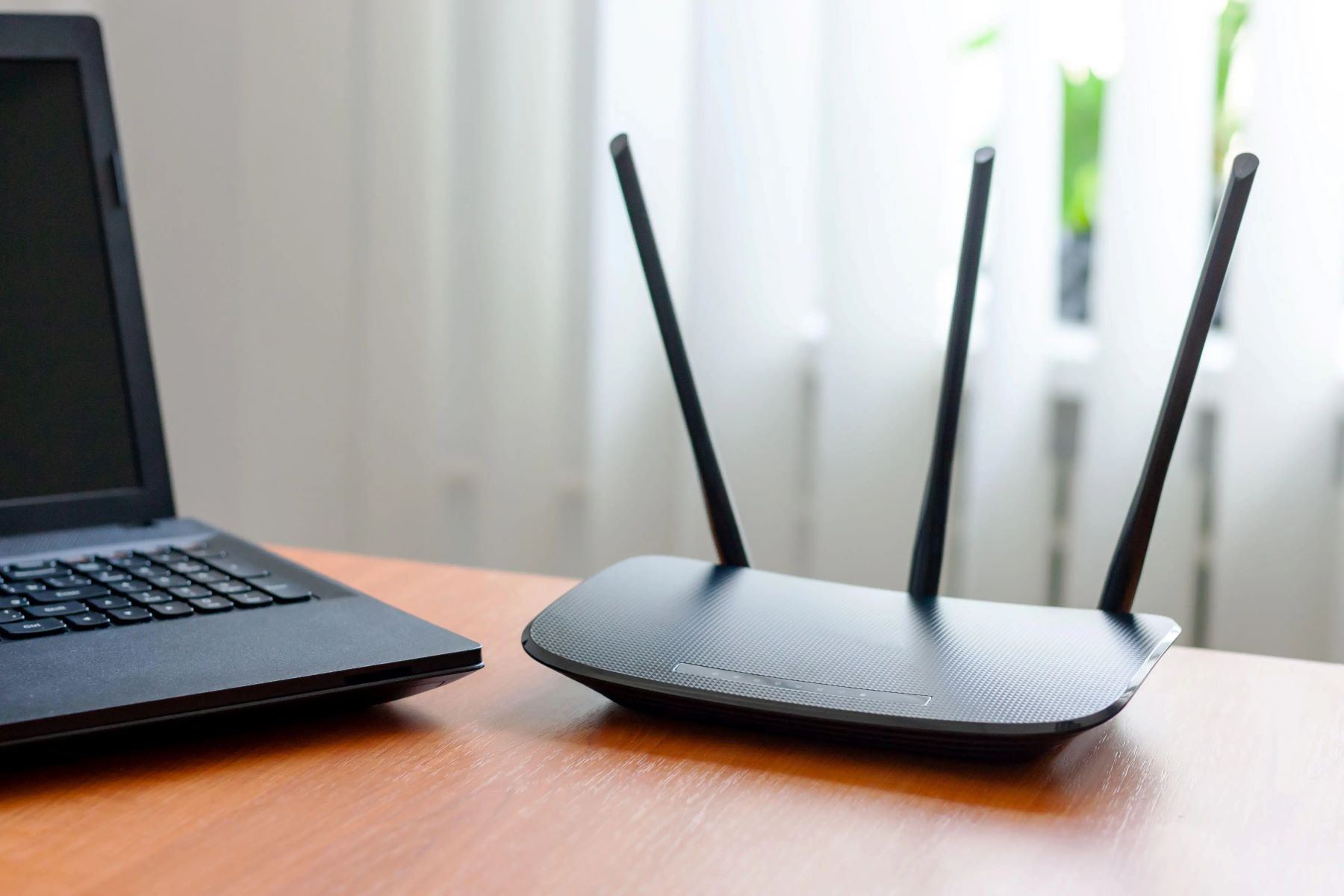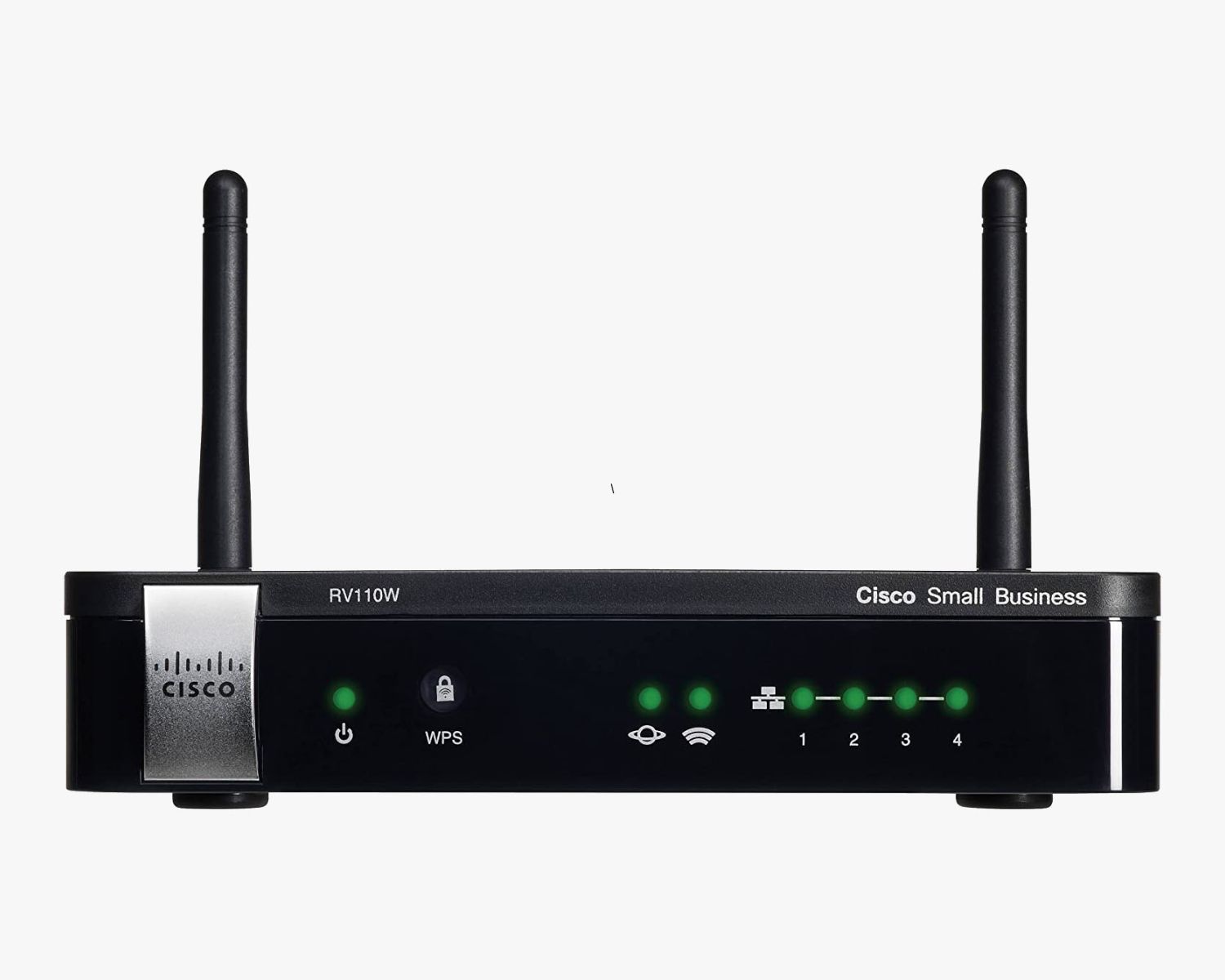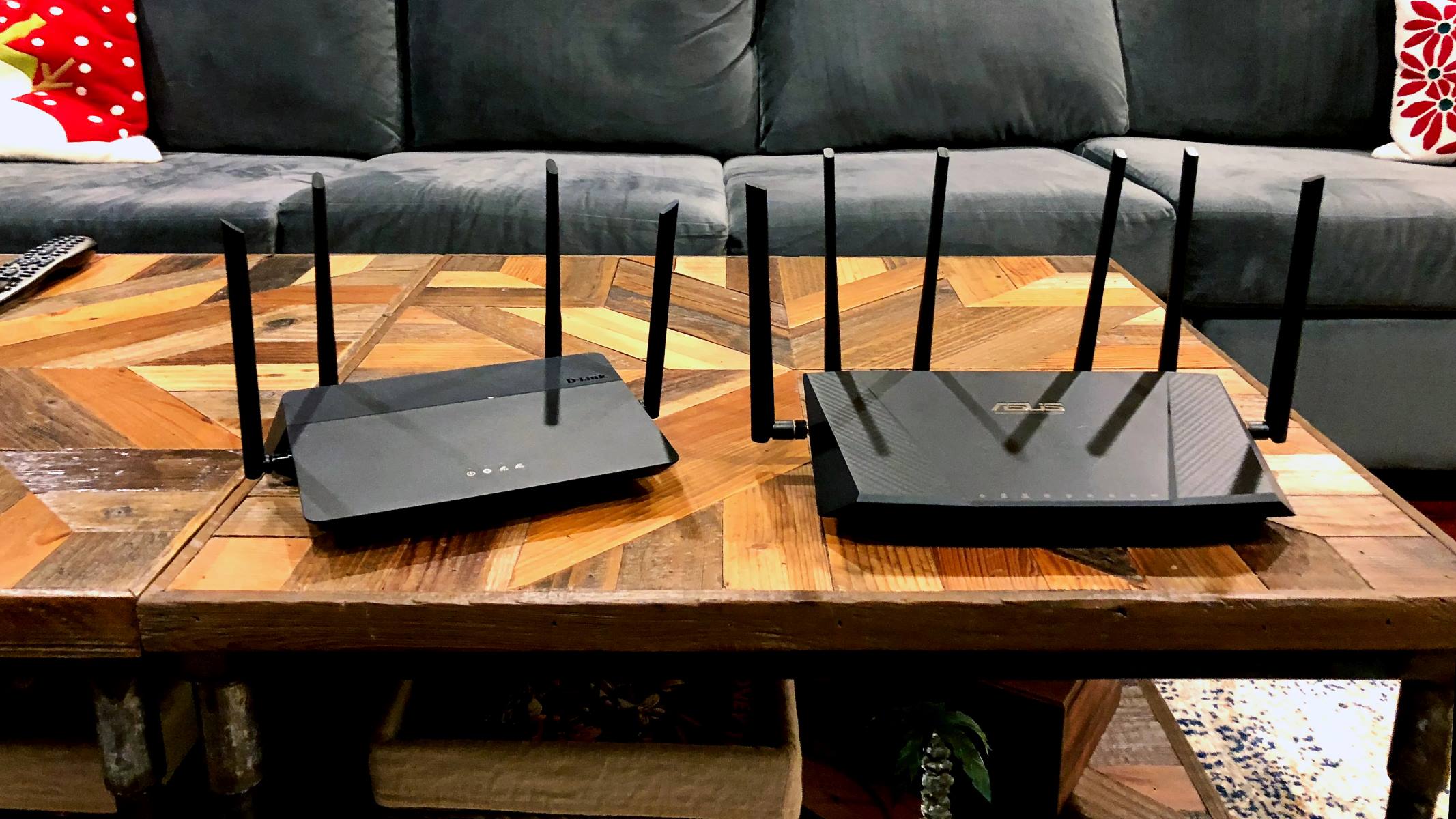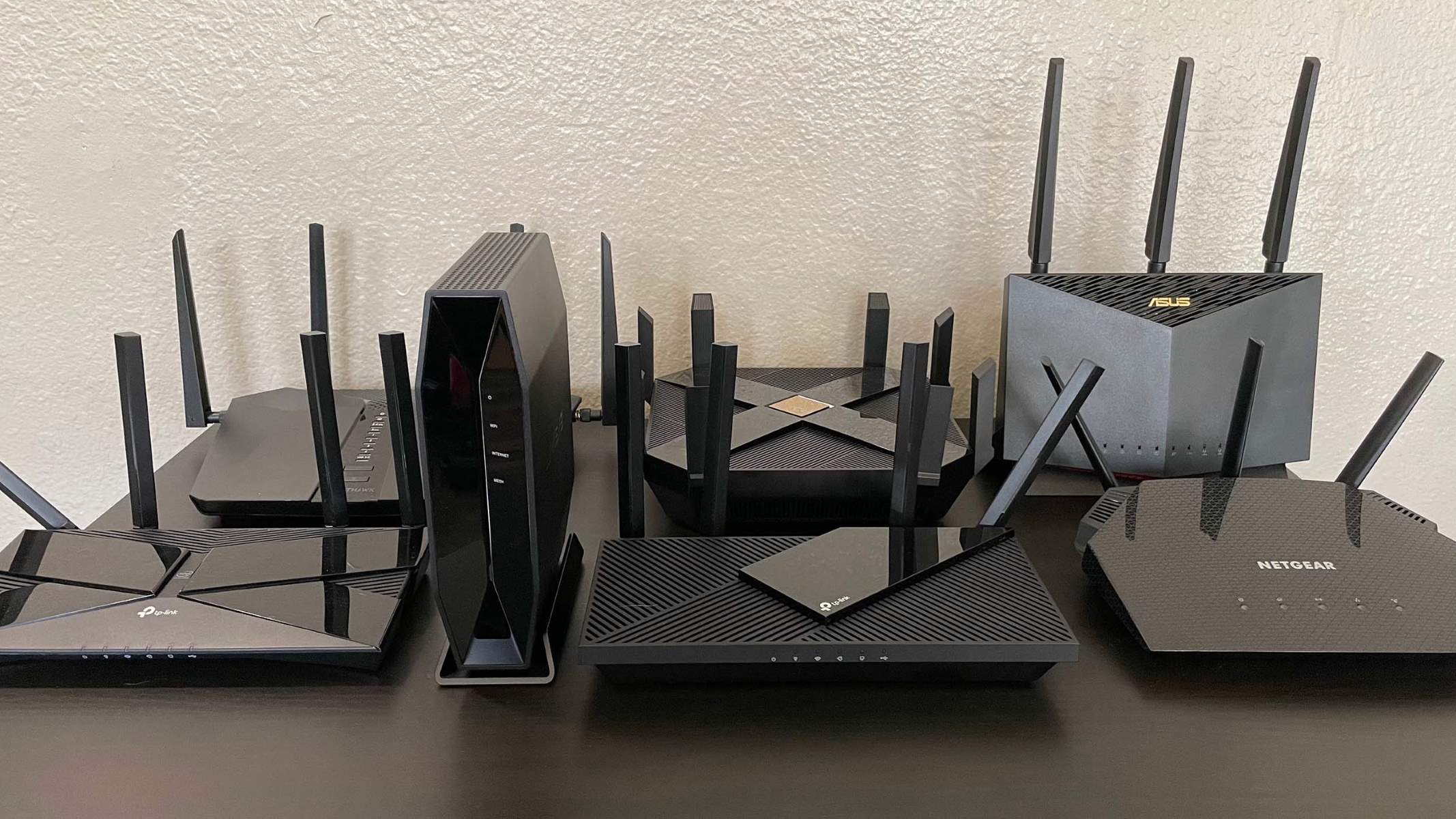Introduction
Routing is a fundamental aspect of network communication, which involves the process of finding the most efficient path for data to travel from one network device to another. In the world of network routing, there are various protocols that help routers exchange information about the network topology in order to make informed routing decisions. One of these protocols is the Link-State Protocol.
The Link-State Protocol operates by sharing information about the network’s current state, including its links and their corresponding metrics, to all the routers connected within the network. This information is encapsulated in what are known as Link-State Packets. These packets are distributed among the routers in the network, allowing them to have a holistic view of the network’s topology.
While Link-State Packets are an essential component of routing, they are not sent continuously or indiscriminately. Instead, there are specific events that trigger the sending of Link-State Packets to neighbor routers. These events occur when there are changes in the network, such as the addition or removal of routers, changes in link status, alterations in routing metrics, or even time-based updates.
In this article, we will explore the various events that can trigger the sending of Link-State Packets in a routing network. Understanding these events is crucial for network administrators and engineers, as it allows them to comprehend the dynamics of network communication and ensure the smooth and efficient functioning of their networks.
Definition of Link-State Packets
Before diving into the events that trigger the sending of Link-State Packets, it’s important to have a clear understanding of what Link-State Packets actually are. In the realm of network routing, Link-State Packets are the means by which routers exchange information about the network’s current state.
A Link-State Packet contains vital information about a router’s links and their characteristics, such as bandwidth, delay, and reliability. It also includes information about neighboring routers and the state of their links. By sharing this information, routers can collectively build a comprehensive view of the network’s topology.
The structure and contents of a Link-State Packet are defined by the specific routing protocol being used. For example, in the Open Shortest Path First (OSPF) protocol, a Link-State Packet is called a Link-State Advertisement (LSA).
Link-State Packets are typically sent within a routing domain, which is a logical grouping of routers under administrative control. The packets are flooded throughout the network, ensuring that all the routers have an accurate representation of the current state of the network’s links.
These packets serve as the foundation for routing decision-making within the network. Each router maintains a database, known as a Link-State Database (LSDB), which stores all the received Link-State Packets. Using information from the LSDB, routers can calculate the shortest and most efficient paths for forwarding data packets.
It’s worth noting that Link-State Packets are not sent continuously or proactively. Instead, they are triggered and sent in response to specific events or changes in the network. These events prompt routers to re-evaluate the network’s topology and update their LSDBs accordingly.
Now that we have a clear understanding of what Link-State Packets are and their significance in routing, let’s delve into the various events that can trigger their transmission within a network.
Overview of Routing Protocols
In computer networking, routing protocols enable routers to communicate and exchange information about the best paths for data packets to travel through a network. There are several routing protocols available, each with its own approach and characteristics. Here, we will provide a brief overview of some common routing protocols.
1. Distance Vector Protocols: Distance Vector protocols, such as Routing Information Protocol (RIP) and Interior Gateway Routing Protocol (IGRP), operate by sharing routing tables that contain the next hop and distance to each destination. These protocols periodically exchange complete routing tables or updates with their neighboring routers.
2. Link-State Protocols: Link-State protocols, including Open Shortest Path First (OSPF) and Intermediate System to Intermediate System (IS-IS), focus on distributing information about the network’s state. Routers using Link-State protocols exchange Link-State Packets, containing details about the network topology and link metrics. This allows routers to construct a comprehensive and up-to-date map of the network.
3. Hybrid Protocols: Hybrid protocols, such as Enhanced Interior Gateway Routing Protocol (EIGRP), combine characteristics of both Distance Vector and Link-State protocols. They use a distance-vector algorithm with link-state properties, enabling routers to exchange only partial routing tables instead of full updates, reducing the amount of network traffic.
4. BGP (Border Gateway Protocol): BGP is an Exterior Gateway Protocol (EGP) used to exchange routing information between different autonomous systems (ASes) on the internet. BGP focuses on path attributes and policies to determine the best path for reaching networks outside of the local AS.
These are just a few examples of routing protocols commonly used in networks. Each protocol has its own advantages and considerations, such as scalability, convergence speed, and resource consumption. Network administrators select the appropriate routing protocol based on the specific needs and requirements of their network.
Now that we have a high-level understanding of routing protocols, let’s explore the events that trigger the sending of Link-State Packets in a routing network.
Triggering Events for Link-State Packets
In a routing network, Link-State Packets are not sent continuously but are triggered and sent in response to specific events or changes in the network. These events prompt routers to update their Link-State Database (LSDB) and communicate the changes to their neighboring routers through Link-State Packets. Let’s explore some of the triggering events for Link-State Packets:
1. Initial Router Startup: When a router is first powered on and starts up, it initiates the process of establishing neighbor relationships with other routers within the network. During this process, the router sends Link-State Packets to its neighbors, introducing itself and exchanging information about its links.
2. Changes in Link Status: Any change in the status of a router’s links, such as a link going up or down, can trigger the sending of Link-State Packets. For example, if a link between two routers becomes unavailable, the router experiencing the link failure will update its LSDB and notify its neighbors of the change through Link-State Packets.
3. Changes in Network Topology: Adding or removing routers from the network, or modifications to network connectivity, can cause a change in the overall network topology. These changes in the network’s structure trigger the routers to update their LSDBs and send Link-State Packets to inform other routers about the new network state.
4. Changes in Routing Metrics: Routing metrics, such as bandwidth, delay, and reliability, determine the quality and efficiency of a particular network link. If there are changes in these metrics, such as a significant increase in bandwidth or a decrease in reliability, routers update their LSDBs and send Link-State Packets to inform other routers about the updated metrics.
5. Time-Based Updates: In some cases, routers send Link-State Packets periodically, even without any specific triggering event. This time-based updating helps to ensure that the LSDBs across all routers in the network stay synchronized and reflect the most current network state.
By triggering the sending of Link-State Packets in response to these events, routers in a network maintain an accurate and up-to-date representation of the network’s topology. This enables routers to make informed routing decisions based on the current state of the network.
Now that we have explored the triggering events for Link-State Packets, let’s conclude our discussion by summarizing the key points.
Event 1: Initial Router Startup
During the initial startup of a router, the process of establishing neighbor relationships with other routers begins. It is at this stage that Link-State Packets are sent to introduce the router to its neighboring routers and exchange information about their links.
When a router starts up, it broadcasts Hello packets, announcing its presence to the network. These Hello packets contain information such as the router’s identification, network address, and the link it is connected to. Upon receiving the Hello packets, neighboring routers respond with their own Hello packets, confirming the establishment of a neighbor relationship.
Once neighbor relationships are established, the routers exchange Link-State Packets to populate their respective Link-State Databases (LSDBs). Each router shares information about its links, including the link state, link cost, and other related metrics.
The Link-State Packets sent during the initial router startup provide essential information for routers to build their LSDBs and understand the network’s topology. The LSDB allows routers to determine the best paths for forwarding data packets through the network.
It’s important to note that during the initial router startup, routers may also exchange complete or partial copies of their LSDBs to ensure synchronization. This synchronization ensures that all routers have a consistent and accurate view of the network’s topology.
Overall, the initial router startup event is crucial for routers to establish neighbor relationships, exchange Link-State Packets, and build their LSDBs. This event sets the foundation for communication and collaboration among routers within the network.
Now that we’ve explored the initial router startup event, let’s move on to the next triggering event: changes in link status.
Event 2: Changes in Link Status
One of the events that can trigger the sending of Link-State Packets in a routing network is any change in the status of a router’s links. This includes events such as a link going up or down, experiencing a failure, or being added or removed from the network.
When a link status changes, the router detects the event and updates its Link-State Database (LSDB) to reflect the new state of the link. The router then sends out Link-State Packets to its neighboring routers, notifying them of the change in link status.
For example, if a link between two routers suddenly fails or becomes unavailable, the router experiencing the link failure will update its LSDB accordingly. It will then send Link-State Packets to its neighbors, informing them of the failed link and allowing them to adjust their routing tables accordingly.
Similarly, if a new link is added to the network, the router responsible for the new link will update its LSDB and send out Link-State Packets to inform its neighbors of the added link. This enables the neighboring routers to incorporate the new link into their routing decisions.
Changes in link status can have a significant impact on the network’s overall topology and routing decisions. Therefore, it is crucial for routers to promptly update their LSDBs and communicate these changes to their neighboring routers through Link-State Packets.
By responding to changes in link status with the appropriate sending of Link-State Packets, routers within the network can maintain an accurate and up-to-date representation of the network’s topology. This ensures efficient and effective routing of data packets through the network.
Now that we have explored the second triggering event, changes in link status, let’s move on to event 3: changes in network topology.
Event 3: Changes in Network Topology
In a routing network, changes in the network’s topology can trigger the sending of Link-State Packets. These changes can include the addition or removal of routers from the network, modifications to network connectivity, or any alterations that impact the overall structure of the network.
When there is a change in the network’s topology, routers reevaluate their Link-State Databases (LSDBs) and update them to reflect the new network state. They then send out Link-State Packets to inform their neighboring routers about the changes.
For instance, if a new router is added to the network, the router responsible for the new addition updates its LSDB to include information about the new router and its links. It then disseminates this information through Link-State Packets, ensuring that neighboring routers are aware of the updated network structure.
Conversely, when a router is removed from the network, the routers connected to it detect the removal and update their LSDBs accordingly. They then send Link-State Packets to inform their neighbors about the removal, allowing them to adjust their routing tables and avoid sending packets to the disconnected router.
Changes in network topology can also involve modifications to network connectivity, such as the creation of new links or the removal of existing links. Routers react to these changes by updating their LSDBs and sharing the updated information through Link-State Packets. This helps all routers in the network adapt to the altered connectivity and choose appropriate paths for data packet forwarding.
By responding to changes in network topology with the sending of Link-State Packets, routers maintain an accurate and up-to-date representation of the network’s structure. This ensures that routing decisions are based on the most current network information, leading to efficient and effective data packet transmission.
Now that we have explored the triggering event of changes in network topology, let’s move on to event 4: changes in routing metrics.
Event 4: Changes in Routing Metrics
In a routing network, changes in routing metrics can trigger the sending of Link-State Packets. Routing metrics, such as bandwidth, delay, reliability, or any other factors that influence the quality and efficiency of a network link, play a crucial role in determining the best routes for data packet transmission.
When there are changes in routing metrics, routers reevaluate the Link-State Packets in their Link-State Database (LSDB) and update them accordingly. Subsequently, routers send out new Link-State Packets to inform their neighboring routers about the updated metrics.
For example, if there is a significant increase in the bandwidth of a network link, the router responsible for that link updates its LSDB to reflect the higher bandwidth value. It then distributes this information to its neighbors through Link-State Packets, enabling them to consider the improved bandwidth when making routing decisions.
Conversely, if there is a decrease in the reliability of a network link, the router experiencing the degraded reliability will update its LSDB to reflect the new metric. It will then send out Link-State Packets to its neighbors, informing them of the change and allowing them to adjust their routing tables accordingly.
Changes in routing metrics impact the network’s overall topology and influence the paths chosen for data packet forwarding. By promptly updating the LSDBs and disseminating the updated metrics through Link-State Packets, routers ensure that routing decisions are based on the most current and accurate information.
It is worth noting that different routing protocols may have different ways of handling changes in routing metrics. For example, some protocols may use a triggered update approach, where only the affected routers send out Link-State Packets. Others may use a periodic update approach, where routers periodically send Link-State Packets to inform all routers in the network of the current metrics.
By responding to changes in routing metrics, routers maintain an up-to-date view of the network’s link quality and make informed routing decisions. This ensures efficient and reliable data packet transmission within the network.
Now that we have explored the triggering event of changes in routing metrics, let’s move on to event 5: time-based updates.
Event 5: Time-Based Updates
In addition to the specific triggering events mentioned earlier, routers in a routing network may also send Link-State Packets periodically without any particular event occurring. These time-based updates help to ensure that the Link-State Databases (LSDBs) across all routers in the network remain synchronized and reflect the most current network state.
Time-based updates are particularly useful in situations where the network experiences minimal changes in topology or routing metrics. By periodically sending Link-State Packets, routers verify that all routers are aware of the current network state, even if no specific event has triggered an update.
The frequency of time-based updates can vary and is usually configurable by the network administrator. The interval between updates depends on factors like network stability, size, and the routing protocol used.
For example, routers using the Open Shortest Path First (OSPF) protocol may send Link-State Packets periodically at fixed intervals, known as Hello intervals. These intervals ensure that all routers have consistent information about the network’s topology and link-state metrics.
Time-based updates are an essential mechanism for maintaining network stability and preventing inconsistencies in routing decisions. By periodically refreshing the LSDBs through the sending of Link-State Packets, routers can react quickly to network changes and make informed routing decisions based on the most up-to-date information.
It is important to note that time-based updates should be implemented judiciously to avoid unnecessarily consuming network resources. Assessing the network’s stability and the rate of changes in topology and routing metrics helps determine the appropriate frequency for time-based updates.
By incorporating time-based updates, routers in the network can maintain synchronization and ensure the accuracy of the LSDBs, even in the absence of specific triggering events. This proactive approach helps minimize potential routing inconsistencies and ensures the efficient transmission of data packets.
Now that we have explored the triggering events for the sending of Link-State Packets, let’s conclude our discussion for a comprehensive understanding of their functioning in a routing network.
Conclusion
Link-State Packets play a vital role in routing networks, providing routers with the necessary information to make informed routing decisions. Understanding the events that trigger the sending of Link-State Packets is crucial for network administrators and engineers in maintaining the efficiency and stability of their networks.
Throughout this article, we have explored the various events that can trigger the sending of Link-State Packets:
1. Initial Router Startup: The process of establishing neighbor relationships and exchanging initial Link-State Packets when a router starts up.
2. Changes in Link Status: Events such as link failures or additions/removals that prompt routers to update their Link-State Databases and notify neighboring routers.
3. Changes in Network Topology: Modifications to the network’s structure, including the addition or removal of routers or changes in connectivity.
4. Changes in Routing Metrics: Alterations in routing metrics, such as bandwidth and reliability, influencing routing decisions and warranting updates to the Link-State Database.
5. Time-Based Updates: Periodic sending of Link-State Packets to ensure LSDB synchronization and maintain up-to-date network information.
By understanding these triggering events, network administrators can effectively manage and troubleshoot their routing networks. Timely updates of Link-State Packets enable routers to adapt to changes, select optimal paths, and provide reliable communication within the network.
It is important to note that different routing protocols may handle these events in their own unique way. The specific implementation and mechanisms may vary, but the underlying principle of triggering Link-State Packets remains consistent.
Overall, the sending of Link-State Packets in response to specific events allows routers to create and maintain an accurate representation of the network’s topology. This ensures efficient data packet transmission and optimal routing decisions at all times.
By constantly monitoring and responding to the events that trigger the sending of Link-State Packets, network administrators can ensure smooth operations, minimal downtime, and the seamless flow of information within their routing networks.







